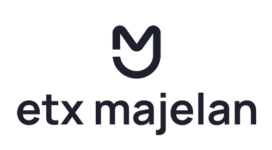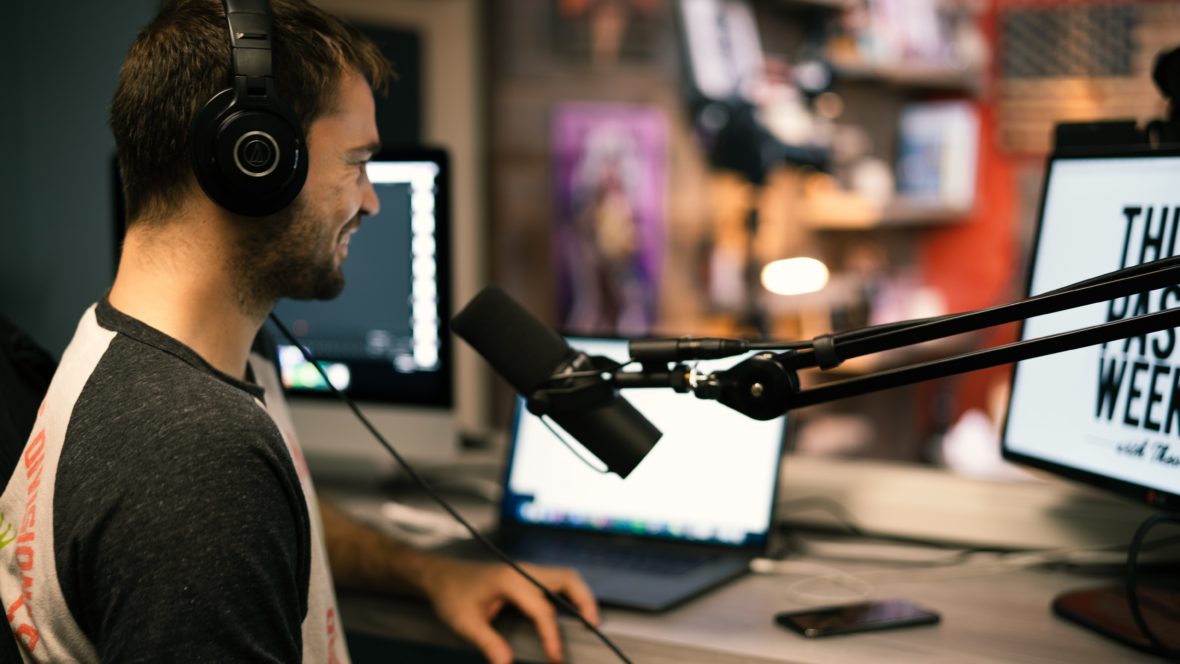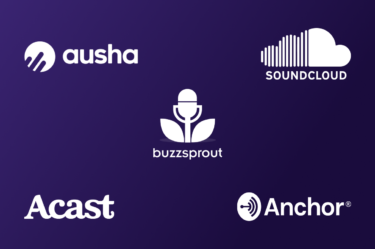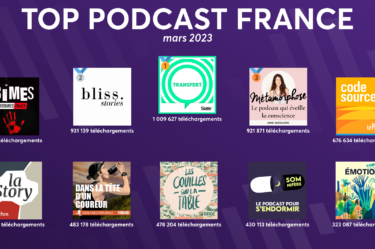You’ve produced a podcast or you are about to do so and you want to know how to monetize it? There are actually several ways to earn money from your podcasts.
1. Host-read ads
The first thing to look at is the success of “host-read” ads, which is when podcast hosts are the ones who narrate advertisements out loud. This type of advertising differs from the ads you usually hear on the radio, (which are often considered a nuisance) because podcasts hosts are free to choose how they deliver the ads. For example, you can introduce them in a funny and entertaining way. The tone of the ads does not have to match that of the program. For example, a serious political talk show can incorporate ads read by the host in a more comical and light-hearted way to break the seriousness of the show. Nowadays, several podcast advertising networks such as Midroll or Authentic offer to connect podcast creators with advertisers. They identify them, negotiate the rates, and write the script of the ads. To qualify for this type of service, you must already have an audience of at least 5,000 to 10,000 listeners per month.
When the ads are delivered correctly, they can be useful, informative, and even enjoyable for the audience, so that instead of rejecting the content of the ad, listeners will pay more attention to it. However, this tactic has its limits. It has been the case with radio, which has lost listeners over time due to the over-broadcasting of ads, sometimes offering as many as 13 per hour. Try not to exceed 5 commercials per hour. This type of model can only be used in a non-subscription format, which attracts a larger audience than subscription models because it is free. Moreover, it can be difficult to integrate host-read ads into fictional or true story-based programs, which don’t leave much room for ads. The solution would be subscription models, although some podcast platforms are discouraged from offering this type of paid service for fear of losing their free listening audience.
2. Subscription models

As a podcast creator, you can offer both free ad-supported content and a subscription model. The latter allows you to reach a different audience, i.e. people who are willing to pay to listen to your podcast. Furthermore, offering ad-supported content can entice listeners to pay for an ad-free subscription. Listeners who prefer free content may be enticed to subscribe in order to access higher quality, premium content.
Subscription content must offer more than free content, whether it is higher quality or more content. It has to reach the brand’s target audience in a way that free content cannot, which is, of course, the tricky part. You have to know your target audience well enough to deliver something they can’t resist. Companies looking to offer subscription models should learn from platforms like Spotify and Netflix, which focus on the cost of quality content above all else. This type of approach can be applied to today’s podcast audience (between 18 and 45 years old) who is willing to pay for content they like.
The key thing to remember about monetizing podcasts is that the produced content must remain consistent and true to the project’s original idea. It is the durability of a program that ensures stable and growing revenues for podcast creators.






